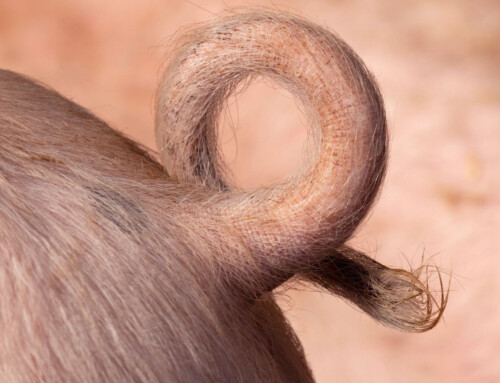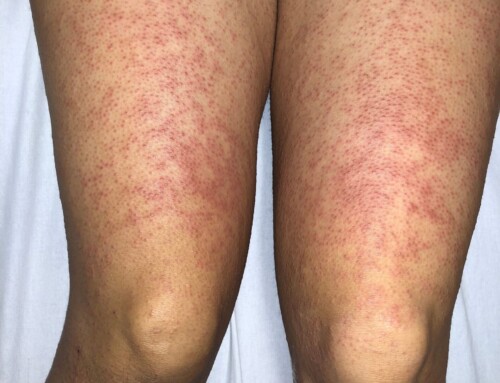The patient is a 44-year-old male with a past history of end stage renal disease on hemodialysis, diabetes, and hypertension who presents with acute visual loss after assault 2 hours prior. He was struck in the eye by his partner’s fist (adorned with a large ring), but denies severe pain. He does endorses instant difficulty with his vision. There is no use of contacts or glasses. No other injuries, headache, or loss of consciousness are reported.
Vital signs: 165/105, HR 85, RR 16, Pulse Ox 95% on room air
Eye exam:
- OD: Visual acuity 20/80, pupil reactive to light, extra-ocular movement intact
- OS: No light perception on visual acuity, obvious extrusion of eye contents, non-reactive irregular shaped pupil, extra ocular movements intact but unable to follow finger motion
- No periorbital ecchymosis or swelling
Lung: Equal breath sounds bilaterally
Cardiovascular: Regular rhythm, no murmur, left upper extremity fistula with palpable thrill
Abdomen: Nontender, no masses
Coagulation studies were normal
Open Globe
- Place an eye shield
Avoid pressure of any kind on the eye and avoid eye manipulation
Open globe or globe rupture occurs when the integrity of the eye is disrupted by blunt or penetrating trauma. Globe rupture is an ophthalmologic emergency and requires definitive management by an ophthalmologist.
Diagnosis:
- Look for a misshapen eye or misshapen pupil; less commonly, you may see prolapsing of uveal tissue.
- In cases where uncertainty exists, use fluorescein staining and look for a positive Seidel’s test – a clear stream of fluid parting the yellow dye, noted on Wood’s lamp evaluation.
- If there is concern for ocular foreign body or uncertainty in diagnosis, a CT orbit is appropriate.
Pearls:
- If open globe or ruptured globe is suspected avoid putting pressure of any kind on the eye to prevent worsening of injury and extrusion of intraocular contents.
- Do not check intraocular pressures, or do ultrasound examination of the eye.
Treatment:
- Place an eye shield
- Give patient anti-emetics to prevent increased in intra-ocular pressure
- Provide analgesia
- Give prophylactic antibiotics covering skin flora
- Administer tetanus as indicated
- Consult ophthalmology as soon as possible. If you are working without local ophthalmology coverage, transfer to an appropriate facility is indicated.
Take Home Points:
- For suspected open globe injuries, place an eye shield, give antiemetics, analgesics, antibiotics, and tetanus immunization.
- Obtain an early ophthalmology consultation.
- Avoid pressure of any kind on the eye, avoid eye manipulation, and avoid topical eye solutions.
Copyright
Images and cases from the Society of Academic Emergency Medicine (SAEM) Clinical Images Exhibit at the 2019 SAEM Annual Meeting | Copyrighted by SAEM 2019 – all rights reserved. View other other cases from this series on ALiEM.

Cassandra Mackey, MD
Department of Emergency Medicine
University of Massachusetts

Latest posts by Cassandra Mackey, MD (see all)
- SAEM Clinical Images Series: Dermatology Deserving a Deeper Dive - January 2, 2023
- SAEM Clinical Images Series: A Rash You Don’t Want to Miss - November 28, 2022
- SAEM Clinical Image Series: Blisters, Bullae, and Badness - January 4, 2021

Walter L Green, MD
Emergency Medicine
University of Texas Southwestern

Latest posts by Walter L Green, MD (see all)
- SAEM Clinical Images Series: Red Rash on My Legs - April 1, 2024
- SAEM Clinical Images Series: Back Lesion - February 2, 2024
- SAEM Clinical Images Series: Face and Chest Rash - December 1, 2023




